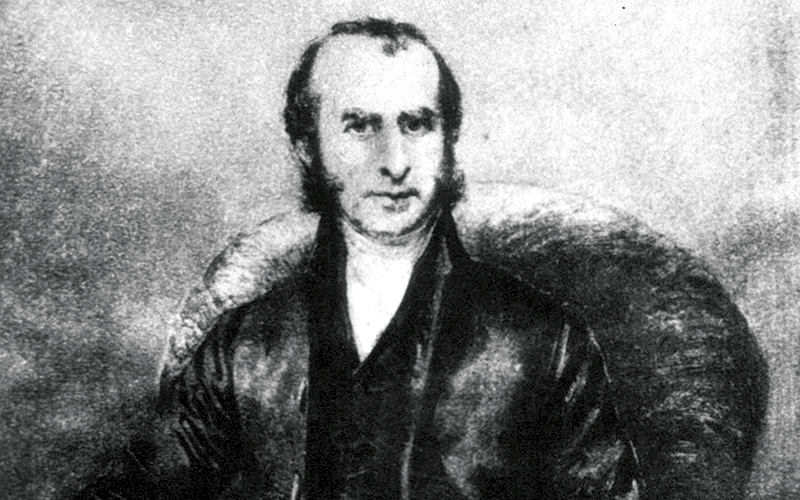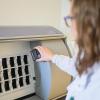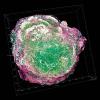This is the fourth is a series of short biographies of persons whose names are directly used for diseases, conditions or syndromes familiar to those in clinical pathology labs. Their names are most often used because they made highly significant contributions to the discovery and understanding of the disease.

Thomas Hodgkin (1798-1866) was born into a Quaker family. Living in Pentonville, London as a young man, he developed an early interest in science, and social reform with an essay on The Promotion of Civilisation. As an apprentice to an apothecary, he gained some experience of hospital life on the wards of Guy’s Hospital, London. In 1819 he entered medical school at the University of Edinburgh and qualified in 1823. During qualification he visited European medical centres, notably Paris, where he met Rene Laennec who had recently invented the stethoscope and taught Hodgkin its use, which he later introduced at Guy’s. In 1826 he was appointed first lecturer in morbid anatomy and Curator of the museum at the new Guy’s hospital medical school. During the following 11 years he catalogued over 3000 autopsy biopsies and also delivered the first systematic lectures in pathology in England,raising the reputation of Guy’s as a leading teaching hospital. In 1827 he collaborated with Joseph Jackson Lister, father of the noted surgeon and pioneer of antiseptic surgery Joseph Lister and, using Lister’s improved achromatic lenses, described the biconcave form of human erythrocytes and the striations in skeletal muscle and this paper has been hailed as the foundation of modern histology. In 1829 Hodgkin presented his findings on aortic regurgitation from research with his colleague Charles Key based on correlation of the murmur with retroversion of the aortic valve at postmortem.
With Richard Bright and Thomas Addison, he completed the famous trio of the “great men of Guy’s” who correlated clinical and postmortem findings. However, with anuncompromising nature and internal panel opposition he was unsuccessful for a higher clinical appointment and promptly resigned from Guy’s in 1837. He reluctantly went into private clinical practice in London.
Please click here to read the full article.




